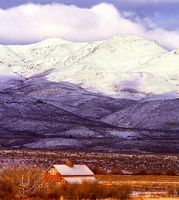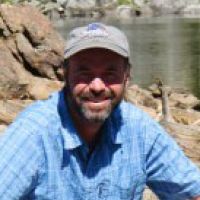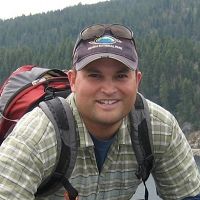Introducing Reynolds Creek CZO
Soils in the critical zone sustain life --providing benefits to society such as a medium for plant growth, water purification and climate regulation. Indeed, soils store three times the amount of carbon than the atmosphere, and may be a source or sink to the atmosphere with changing climate and land management practices, yet major gaps exist in our understanding of the processes controlling soil carbon storage. Scientists from Idaho State University, USDA Agricultural Research Service and Boise State University are establishing the Reynolds Creek Critical Zone Observatory in Southwest Idaho with goal of being the leader in critical zone carbon science, improving prediction of soil carbon, and being a magnet for global climate and biogeochemistry modeling.
Reynolds Creek CZO team at fall retreat at the Reynolds Creek Experimental Watershed (Lohse)
News Category:
RESEARCH |
INFRASTRUCTURE |
PEOPLE
People Involved
CZO
-
Reynolds, INVESTIGATOR
-
Reynolds, INVESTIGATOR
-
Reynolds, INVESTIGATOR
-
Reynolds, INVESTIGATOR
-
Reynolds, INVESTIGATOR
Related News

New CZOs formally unveiled
17 Jan 2014 - The National Science Foundation formally announced the funding of four new Critical Zone Observatories to be added to expand the network to a total...
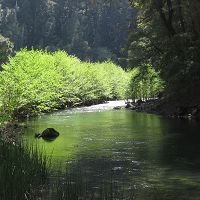
Introducing Eel River CZO
03 Mar 2014 - UC Berkeley scientists will receive $4,900,000 over the next five years to study the Eel River watershed in Northern California...
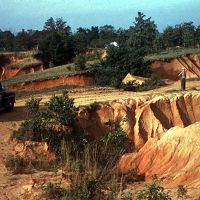
Introducing Calhoun CZO
03 Mar 2014 - The Calhoun CZO seeks to understand how Earth’s Critical Zones respond to and recover from severe erosion and land degradation.
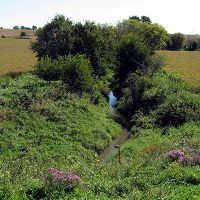
Introducing Intensively Managed Landscapes (IML) CZO
03 Mar 2014 - The IML-CZO focuses on intensely managed agricultural and urban landscapes in Iowa, Illinois, and Minnesota.
Explore Further
